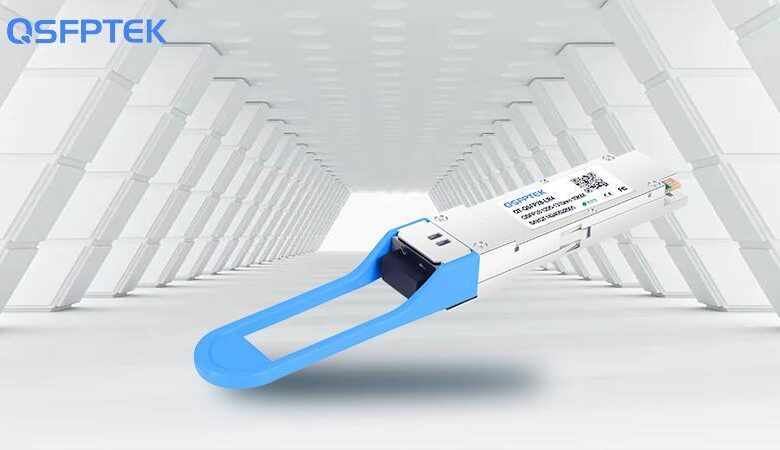The Economic Benefits of Upgrading to 100G Modules for Enterprises

As businesses continue to evolve in the digital age, the demand for faster and more reliable network infrastructure becomes paramount. One of the most effective ways for enterprises to enhance their network performance is by investing in 100G modules. This blog will explore the economic benefits of upgrading to 100G modules, highlighting how they can lead to both performance improvements and cost savings.
Enhanced Network Performance
The primary advantage of 100G modules is their ability to deliver significantly higher data transfer rates compared to previous generations. While traditional 10G and 25G modules have served many organizations well, the explosion of data generated by applications such as cloud computing, big data analytics, and Internet of Things (IoT) requires more robust solutions. 100G modules offer an impressive bandwidth capacity, enabling businesses to handle larger volumes of data seamlessly.
This enhanced performance translates into several key benefits for enterprises:
Reduced Latency: Faster data transfer rates minimize the time it takes to transmit information, resulting in reduced latency. This is particularly important for applications that require real-time data processing, such as online trading, video conferencing, and gaming.
Scalability: As businesses grow, their network demands typically increase. 100G modules provide the scalability needed to accommodate future growth without the need for a complete network overhaul. This flexibility is essential for organizations looking to adapt to changing market conditions.
Improved Reliability: The high-performance capabilities of 100G modules contribute to a more stable and reliable network. This is crucial for maintaining business continuity, especially for enterprises that rely heavily on digital operations.
Cost Savings
While the initial investment in 100G transceivers may seem significant, the long-term cost savings can be substantial. Here are a few ways in which enterprises can save money by upgrading to 100G technology:
Lower Operational Costs: With higher data transfer rates, businesses can optimize their network infrastructure, reducing the number of physical devices needed to handle the same volume of data. This consolidation leads to lower operational costs, including maintenance, power consumption, and cooling requirements.
Reduced Downtime: A more reliable network results in less downtime, which can be costly for businesses. By minimizing disruptions, organizations can maintain productivity and avoid potential revenue loss due to outages.
Enhanced Efficiency: The increased capacity of 100G modules allows for more efficient use of existing resources. Businesses can process and transmit data more quickly, enabling employees to focus on their core tasks rather than dealing with network bottlenecks Speedyshort.com.
Future-Proofing Investments: By investing in 100G modules, enterprises are better prepared for future technology advancements. This forward-thinking approach means that organizations can avoid frequent upgrades and the associated costs, ultimately leading to a better return on investment.
Conclusion
Upgrading to 100G modules represents a strategic move for enterprises seeking to enhance their network performance while realizing significant cost savings. The benefits of reduced latency, improved reliability, and greater scalability make 100G modules an attractive investment. Additionally, the potential for lower operational costs and minimized downtime further solidifies their economic viability. As businesses continue to navigate the complexities of the digital landscape, investing in advanced network infrastructure like 100G modules is not just an option; it is a necessity for those looking to maintain a competitive edge.




